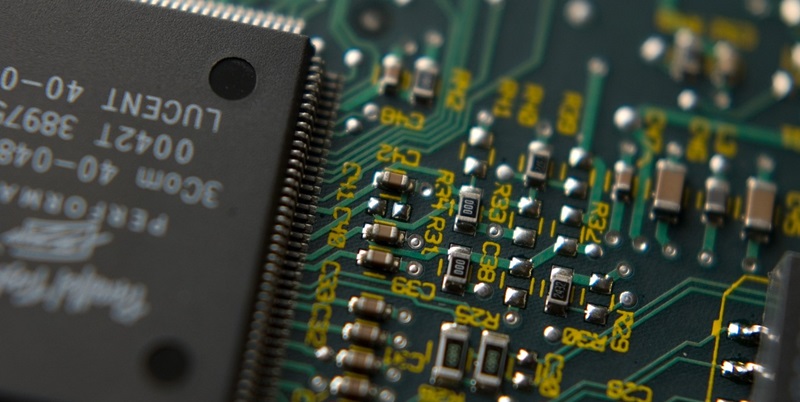Cybersecurity is facing a new challenge with the discovery of the GhostRace Attack, targeting a flaw in processor speculative execution to undermine synchronization in CPUs. By exploiting Speculative Race Conditions (SRC), this attack endangers the integrity of synchronization primitives like mutexes and spinlocks, which are vital for the management of concurrent processes. These primitives traditionally protect shared resources across multiple execution threads, and their vulnerability represents a serious concern. The GhostRace Attack indicates a pivotal moment for the security of both hardware and software, as it reveals that core security mechanisms can be bypassed, leading to potential data breaches. This recent development has significant implications for CPU architecture and the broader field of software defense, emphasizing the need for continued vigilance and innovation to protect sensitive data from such sophisticated threats.
Unraveling the Mechanisms of the GhostRace Attack
The core idea behind speculative execution—which CPUs use to optimize performance—is to predict which computations might occur next and process them ahead of time. If the prediction is wrong, the speculative data is discarded; if right, it results in a performance boost. But here’s where the GhostRace Attack slips in: it banks on these optimizations to induce Speculative Race Conditions. Speculators, as the attackers might be called, insidiously leverage these SRCs to manipulate synchronization primitives and induce a Speculative Concurrent Use-After-Free (SCUAF) scenario. Through this attack vector, memory that should be protected by these synchronization mechanisms can be prematurely freed and used in speculative execution, leading to the potential leak of information.
Researchers have painstakingly analyzed the Linux Kernel—a popular open-source operating system that dwells at the heart of countless computing systems worldwide. Their scrutiny unveiled over 1,283 potential SCUAF vulnerabilities, signaling a massive security concern. More alarmingly, these vulnerabilities were not just theoretical but readily exploitable using refined techniques developed by these experts. They’ve also created a gadget scanner for SCUAF conditions, pinpointing over 1,200 additional vulnerabilities, further testifying to the critical nature of GhostRace.
Implications for Cybersecurity Practices and Architecture
The discovery of the GhostRace Attack underscores a key cybersecurity challenge: managing the deluge of vulnerabilities, including zero-day exploits, which contribute to ‘alert fatigue.’ Cybersecurity teams are overwhelmed by the sheer volume of threats, resulting in the oversight of critical vulnerabilities. A Cyber Security News article highlights the need for a transition from conventional, CVSS-centered vulnerability management to a nuanced, risk-based system. This would integrate automation for prioritizing urgent threats, enhancing the efficiency of security responses. With the GhostRace Attack exposing new vulnerabilities, it’s evident that both cybersecurity protocols and hardware design require urgent evolution. A proactive approach is essential, one that not just responds to, but anticipates speculative execution vulnerabilities. There is an urgent call for strengthened defenses and consistent vigilance to face the emerging security risks highlighted by the GhostRace Attack.

